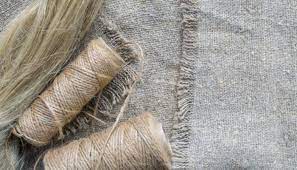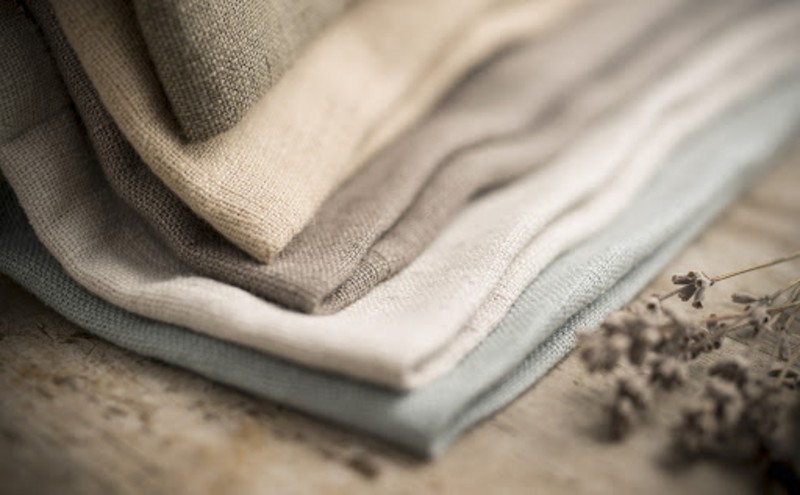
Linen
Linen is one of the most ancient vegetal fibers, also known by first lake civilizations in 6000 b.C. From central and west Asia populations, it spread in India and Egypt, where it was consecrated as royal fabric.

History of linen
At the beginning it was exclusively addressed to the sewing of kings’ and ministers’ garments. Furthermore, for centuries it has been associated to divine rituals: linen bandages wrap pharaohs’ mummies and the Holy Shroud sheet is made by linen.
Due to its properties, since the beginning of XX century it has been a must-have fabric in the summer wardrobe, until the years between two World Wars. Then, in the ’50s and the ’60s, it was affected by a commercial crisis. But when ready-to-wear discovered again the fashion of the ’30s, it was back in vogue, also used together with other fibers and renovated in its aspect, thanks to not-traditional finishings.
Its properties
From the Linum usitatissimum plant they are extracted fibers for spinning and weaving and oily grains used for therapeutic and industrial aims. The yarn obtained is long and strong, smooth and glossy. By using it, you can realize rough and raw or soft and really light fabrics, depending on its subtlety. Depending on its weight and its weaving, instead, yarns are addressed to home lining, underwear or outerwear items.
Linen is the summer fiber par excellence: it’s appreciated because of its freshness, its perspiring and its insulating properties. It’s also known because of its hypoallergenic properties and its resistance to dyeing.
You may also like:
Linificio e Canapificio Castellini
To read the item in Italian click here.

